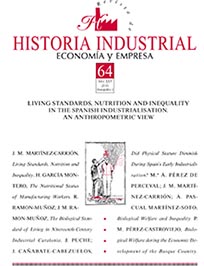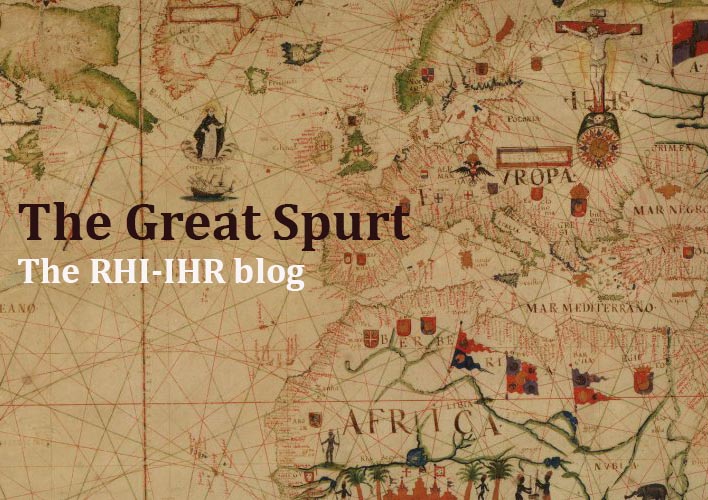Biological Welfare and Inequality During the Mining Boom: Rio Tinto, 1832-1935
Keywords:
Biological welfare, mining, standard of living, Rio Tinto Company, heightAbstract
This study explores the impact of the mining boom on the biological standards of living and inequality in Rio Tinto, the main copper basin in Spain. It uses the heights of military recruits in the towns of Zalamea la Real and Nerva between 1852 and 1935 (birth cohorts of 1832-1914). The majority of the mining population of Nerva, which had become independent from Zalamea la Real in 1885, was concentrated close to Minas de Riotinto, following the extraordinary influx of immigrants, mostly attracted by the British company RTCL after establishing its operations there in 1873. The anthropometric results reveal that: 1) the height of males decreased slightly among the cohorts of the decades 1850-1870, whose childhood and adolescence coincided with the beginning of the mining boom; 2) the inequality (measured by CVs, percentiles and ratios of short-stature subjects) increased among the cohorts of the 1870s, made up of immigrants, principally in Nerva. During this period, the gap between the height of the native population and the immigrants also increased, as did the gap between the literate and illiterate populations. Finally, 3) the improvement in the biological welfare of the cohorts corresponding to 1880-1890 was undermined in the subsequent decades due to the impact of the mining crisis. In the lead-up to the Great War, the height of the miners in Nerva was no different to that of the rural population of Zalamea in the mid-nineteenth century.Downloads
Downloads
Published
How to Cite
Issue
Section
License
Copyright (c) 2018 Revista de Historia Industrial. Economía y Empresa

This work is licensed under a Creative Commons Attribution 4.0 International License.
The author assigns all rights to the publisher. Creative Commons
The author who publishes in this journal agrees to the following terms:
- The author assigns all intellectual property rights exclusively to the publisher for the entire duration of the applicable intellectual property rights.
- The publisher will distribute the texts under the Creative Commons Attribution License, which allows others to share the work, provided that they acknowledge the authorship, its initial publication in this journal, and the conditions of the license.





